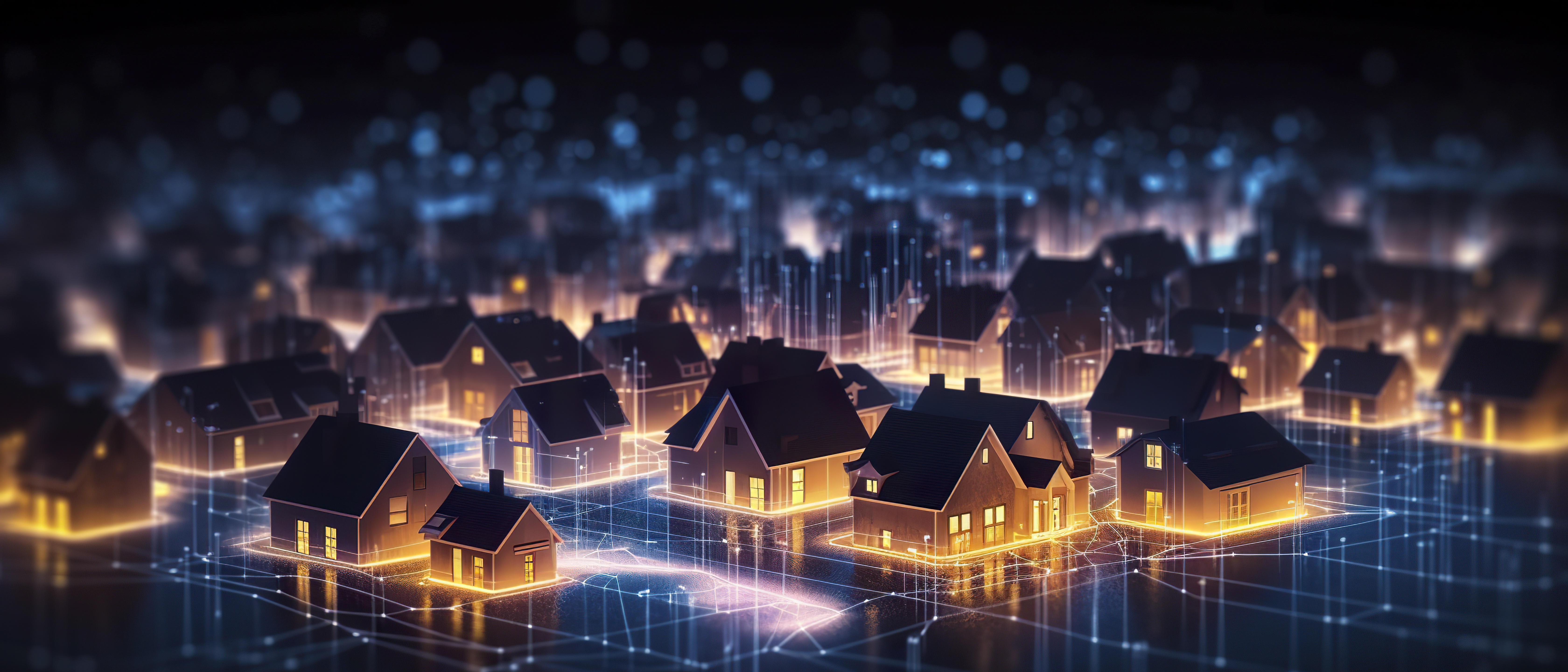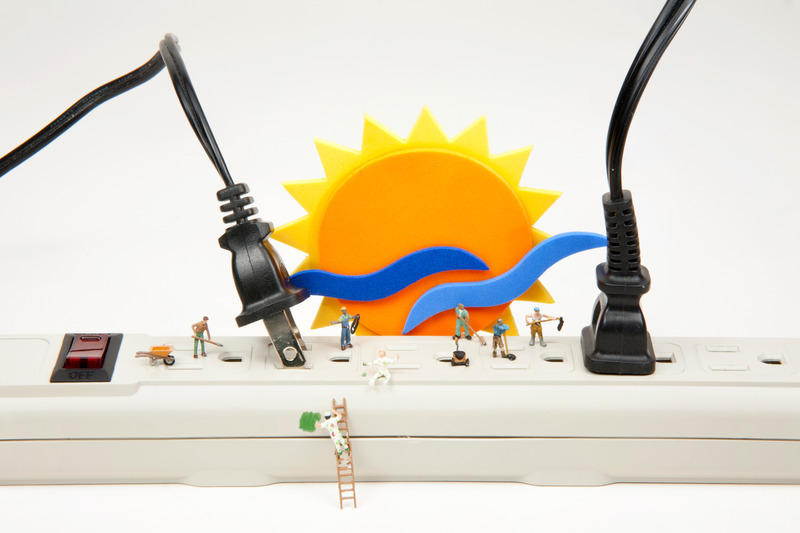· inflation reduction act · 4 min read
Alleviating Power Grid Strain
Just as we've learned to manage and enhance the internet, we must now apply similar strategies to our power grids. This article explores the reasons behind the growing focus on reducing the load on power grids

Today’s society is interconnected, with power grids playing a crucial role in our energy infrastructure, similar to the internet’s role in data distribution. As we continue to rely on electricity for everything from powering our homes to charging our electric vehicles, the strain on power grids is intensifying. This growing pressure can lead to inefficiencies, outages, and even environmental concerns.
Just as we’ve learned to manage and enhance the internet, we must now apply similar strategies to our power grids. This article explores the reasons behind the growing focus on reducing the load on power grids, drawing parallels between the grid and the internet, and highlighting key strategies to better understand this essential topic. By alleviating the strain on our power grids, we can create a more stable, sustainable, and cost-effective energy future.
Navigating the Energy Superhighway
Imagine the power grid as the energy superhighway, delivering energy like the internet delivers data. Your utility provider ensures you have access to electricity, measured in kilowatt-hours (kWh), just as your internet provider connects you to the digital world. But with our growing dependence on electricity, the grid faces challenges similar to those once faced by the internet.
In the early days of the internet, network congestion was a common problem, leading to slow connections and frequent outages. Service providers had to innovate, implementing demand-based rates and other strategies to stabilize the network. Our power grids are now facing a similar challenge. As more people draw electricity simultaneously, especially during peak hours, the grid can become overloaded. This strain can lead to voltage fluctuations, outages, or inefficiencies.
But just as we learned to stabilize the internet, we can apply those lessons to our power grids. By understanding the parallels between power grids and internet traffic, we can develop strategies to alleviate strain and enhance stability. This includes implementing measures like time-of-use rates and embracing renewable energy sources. By learning from the past and innovating for the future, we can ensure a reliable and efficient power supply, optimizing our energy consumption for a more sustainable world.”
Levereging Time-of-Use Rates
Much like internet service providers managed demand through peak-hour pricing, utility companies employ TOU (time-of-use) rates to incentivize energy consumption during off-peak hours. By encouraging consumers to shift energy-intensive activities, such as laundry or charging electric vehicles, to non-peak periods, we can collectively reduce the strain on the grid and avoid potential overload scenarios. Additionally, these rates often translate to cost savings for consumers, as off-peak electricity is typically priced lower. Embracing time-of-use rates not only contributes to a more stable and efficient power grid but also aligns with individual and community goals for sustainability and economic efficiency.

Greening the Grid
As we transition toward greater sustainability, integrating renewable energy sources into the power grid emerges as an efficient way to generate clean electricity. The “green the grid” initiative gains momentum with ongoing efforts for more efficient integration. Solar panels convert sunlight into electricity, reducing dependence on grid power. Wind and geothermal energy diversify energy sources, decreasing demand on traditional plants, lowering greenhouse gas emissions, and offering cost savings through incentives and reduced bills. Challenges include managing intermittent solar and wind power, tackled with energy storage and smart grid tech. This push for a greener grid involves collaboration and innovation, paving the way for a resilient, sustainable energy future.
Storing Energy for Grid Independence
Much like a buffer in computer systems that temporarily stores data to ensure a smooth flow of information, energy storage solutions like batteries act as a balancing mechanism for the power grid. They store excess electricity generated during periods of low demand, such as sunny or windy days, and release it during peak times when demand is high. Solar batteries, for example, can store energy from solar panels during the day and supply power in the evening or on cloudy days, effectively reducing the grid load during periods of high electricity demand. This ability to store and release energy as needed helps to smooth out fluctuations in the grid, ensuring a more stable and reliable energy supply.
By managing energy consumption more efficiently through storage solutions, we can alleviate the strain on our power grids and enhance the integration of renewable energy sources. It’s a critical step towards a more resilient and sustainable energy system, allowing us to harness the full potential of clean energy technologies.
Conclusion
The challenges facing our power grids are complex, but the lessons from the internet’s evolution provide a roadmap. By implementing time-of-use rates, embracing renewable energy, and utilizing energy storage, we can alleviate grid strain and pave the way for a stable, efficient, and sustainable energy future. These strategies represent a collective effort towards environmental responsibility and economic efficiency, guiding us towards a cleaner and more resilient world.”